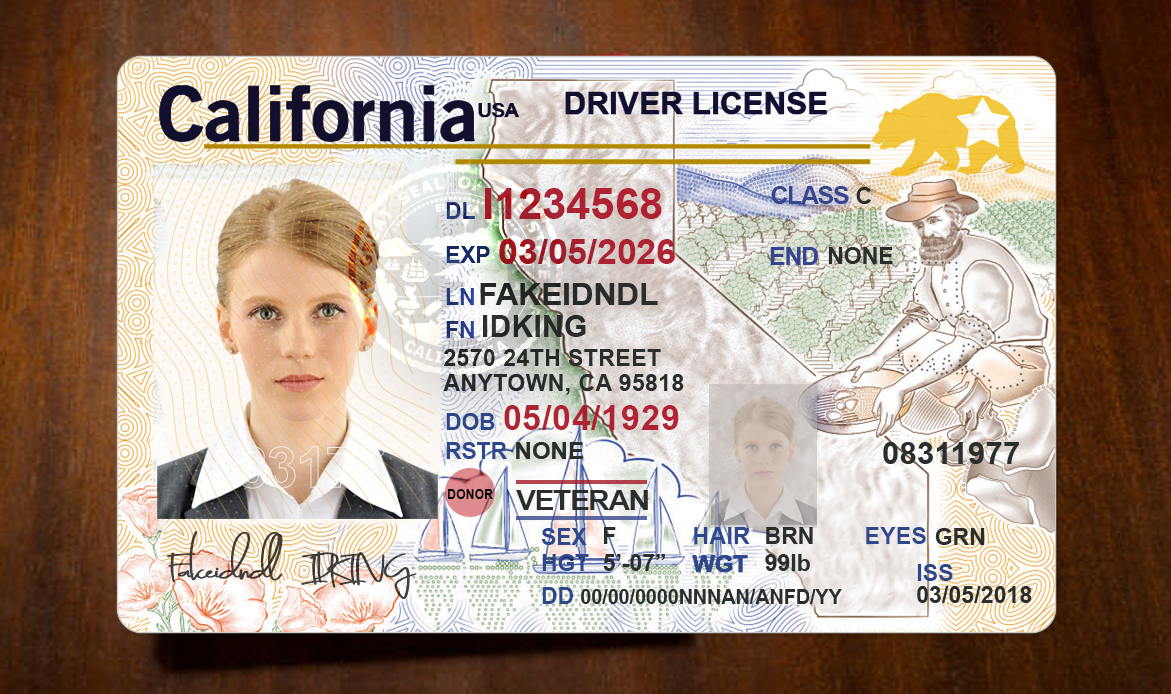

Third Step: A third query may be necessary where verification is not confirmed through the first and second steps.

A second verification query will be automated, but may take up to 3 -5 working days to generate a response. This does not necessarily mean that the applicant is not authorized to be in the United States, or is ineligible to receive the benefit. Second Step: Additional verification is necessary in some instances where status cannot be verified through the first step.First Step: SAVE begins verifying the legal status of nonimmigrants, immigrants, and naturalized citizens with an initial verification (results generated in 3–5 seconds).Roessler summarized how the SAVE Program uses an online system to check a benefit applicant's immigration status information against records contained in various DHS databases: Department of Homeland Security (DHS) data systems. SAVE does not make determinations on any applicant's eligibility for a specific benefit or license, rather, SAVE verifies immigration status data compiled from different U.S.

Roessler explained that SAVE was designed to aid benefit-granting agencies in determining an applicant's immigration status to ensure that only entitled applicants receive certain federal, state, and local public benefits and/or licenses. Rahi provided a brief overview of the SAVE Program, as summarized below. On May 25, 2011, the Citizenship and Immigration Services Ombudsman's Office (Ombudsman's Office) hosted a public teleconference regarding the Systematic Alien Verification for Entitlements (SAVE) Program and interviewed two USCIS officials, Chief of the Office of the SAVE Program, John Roessler, and Deputy Chief, Alissar Rahi.


 0 kommentar(er)
0 kommentar(er)
